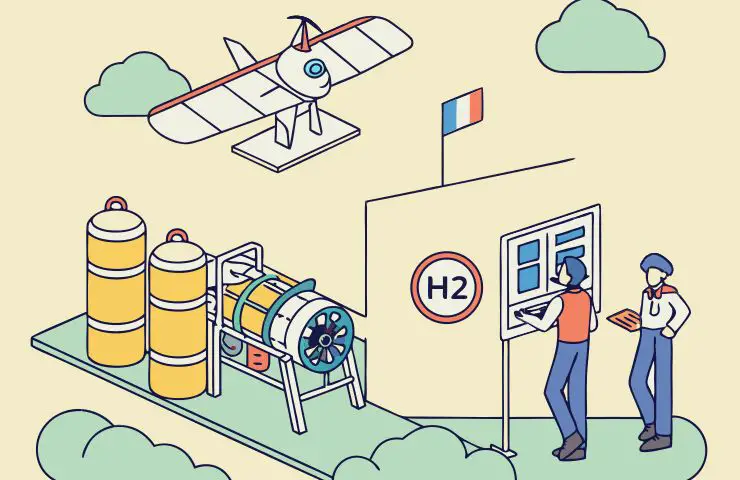Hydrogen-Fueled Turboprop Achieves Flight-readiness in Breakthrough for Zero-Emission Aviation
Turbotech, backed by major players like Ansys, Safran, Air Liquide, Daher, and the French Civil Aviation Authority (DGAC), just pulled…


Turbotech, backed by major players like Ansys, Safran, Air Liquide, Daher, and the French Civil Aviation Authority (DGAC), just pulled off something pretty impressive for the future of flying. They’ve completed successful testing of the world’s first hydrogen-fueled turboprop engine made for light aircraft—racking up more than 30 hours of thrust without burning a drop of carbon-emitting fuel. This big leap is part of the France-led BeautHyFuel initiative and relies on cryogenic hydrogen for clean, powerful propulsion.
Smart Tech Meet Sustainable Energy
What really makes this project stand out isn’t just the zero-emission flight capability—it’s how they got there. Using Ansys Fluent simulation software, engineers were able to fine-tune engine performance digitally, trimming down both time and cost in development. Meanwhile, Air Liquide handled the critical piece of hydrogen logistics—no easy feat when dealing with cryogenic fuel. With Safran and Daher bringing their industry know-how, the whole effort shows what’s possible when innovation meets collaboration.
France at the Forefront of Hydrogen Infrastructure
The entire testing campaign was carried out in France, underscoring the country’s growing leadership in both aerospace engineering and hydrogen infrastructure. While the initial focus is on smaller, lightweight planes, this tech clearly lays the groundwork for scaling up to larger aircraft in the not-so-distant future. It’s a key moment in the push toward zero-emission aviation, one that proves hydrogen-fueled flight is more than just a theory—it’s taking off.
More Than a Prototype—It’s a Path Forward
Sure, replacing conventional aviation powerplants with hydrogen engines won’t happen overnight. But this successful test is a strong signal to the rest of the aviation industry: it’s time to rethink propulsion. By combining advanced digital modeling with a forward-thinking approach to hydrogen storage and logistics, this initiative shows how realistic, scalable change in sustainable energy can happen—when the right minds come together.
What's Your Reaction?


























































